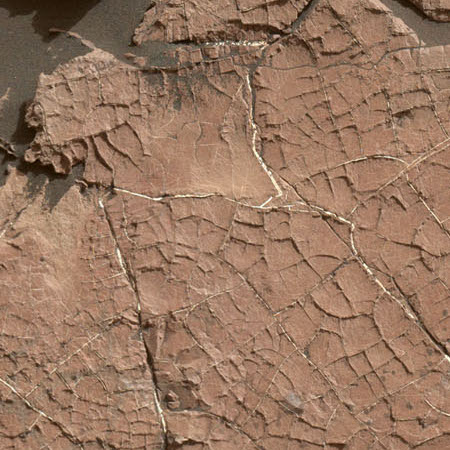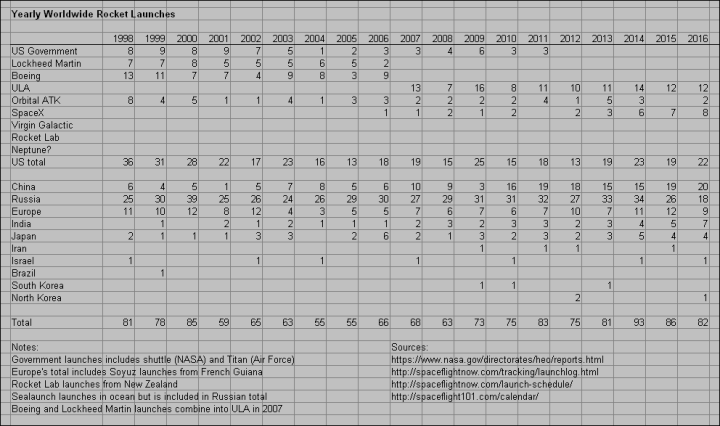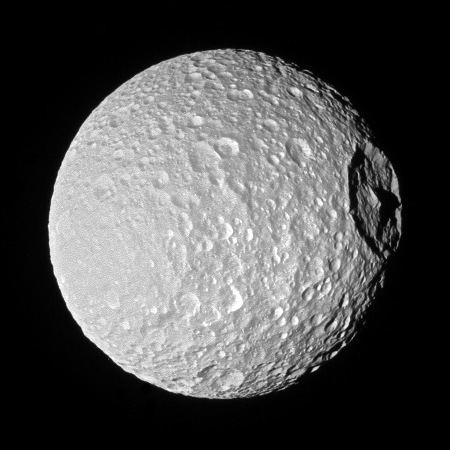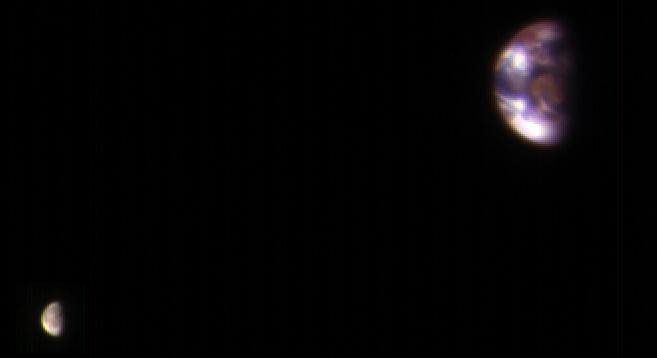SpaceX prepares used 1st stage for February launch
The competition heats up: Even as SpaceX moves forward on an intense launch schedule, with launches planned for January 26 and February 8, it has begun preparations for a late February commercial launch that will be the first to reuse a first stage.
The first stage assigned to SES 10’s launch first flew April 8, 2016, with a Dragon supply ship on a logistics launch to the International Space Station. After detaching from the Falcon 9’s second stage, which continued into orbit, the 15-story first stage booster descended to a vertical landing on SpaceX’s offshore platform a few minutes after liftoff, making the first time the company recovered a rocket intact at sea.
The landing on SpaceX’s barge, or drone ship, last April came four months after the first-ever touchdown of a Falcon 9 first stage on land at Cape Canaveral. That vehicle is now on display outside SpaceX’s headquarters in Hawthorne, California.
This pace is calling for a launch every two weeks. It will spectacular if SpaceX can keep that up, but such a pace is not really unprecedented. The Soviets at their height managed it at times quite successfully.
The competition heats up: Even as SpaceX moves forward on an intense launch schedule, with launches planned for January 26 and February 8, it has begun preparations for a late February commercial launch that will be the first to reuse a first stage.
The first stage assigned to SES 10’s launch first flew April 8, 2016, with a Dragon supply ship on a logistics launch to the International Space Station. After detaching from the Falcon 9’s second stage, which continued into orbit, the 15-story first stage booster descended to a vertical landing on SpaceX’s offshore platform a few minutes after liftoff, making the first time the company recovered a rocket intact at sea.
The landing on SpaceX’s barge, or drone ship, last April came four months after the first-ever touchdown of a Falcon 9 first stage on land at Cape Canaveral. That vehicle is now on display outside SpaceX’s headquarters in Hawthorne, California.
This pace is calling for a launch every two weeks. It will spectacular if SpaceX can keep that up, but such a pace is not really unprecedented. The Soviets at their height managed it at times quite successfully.





